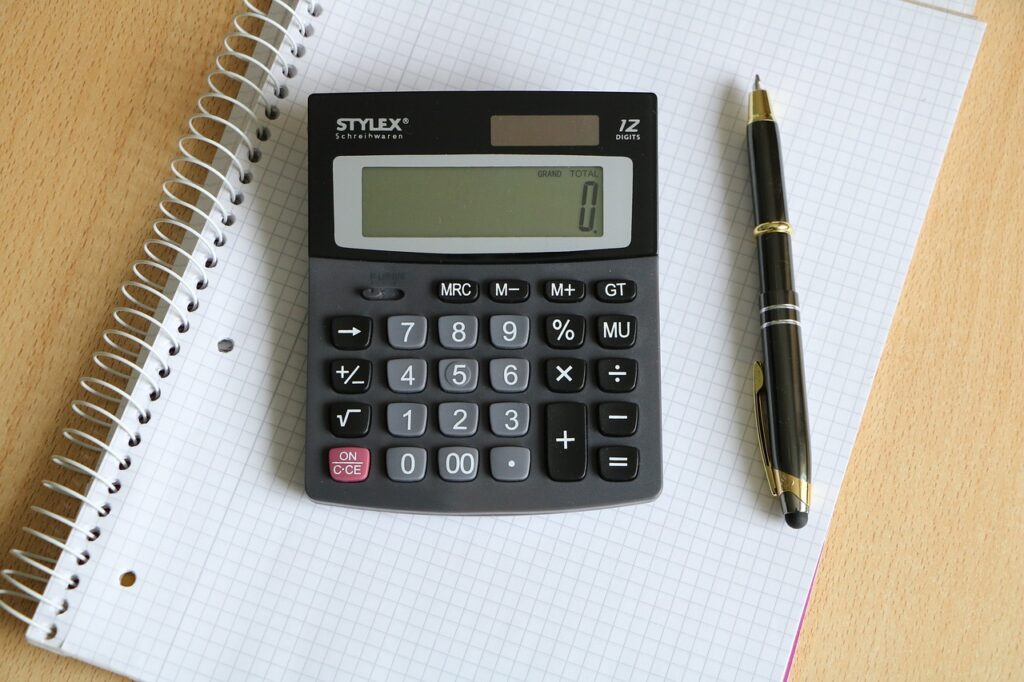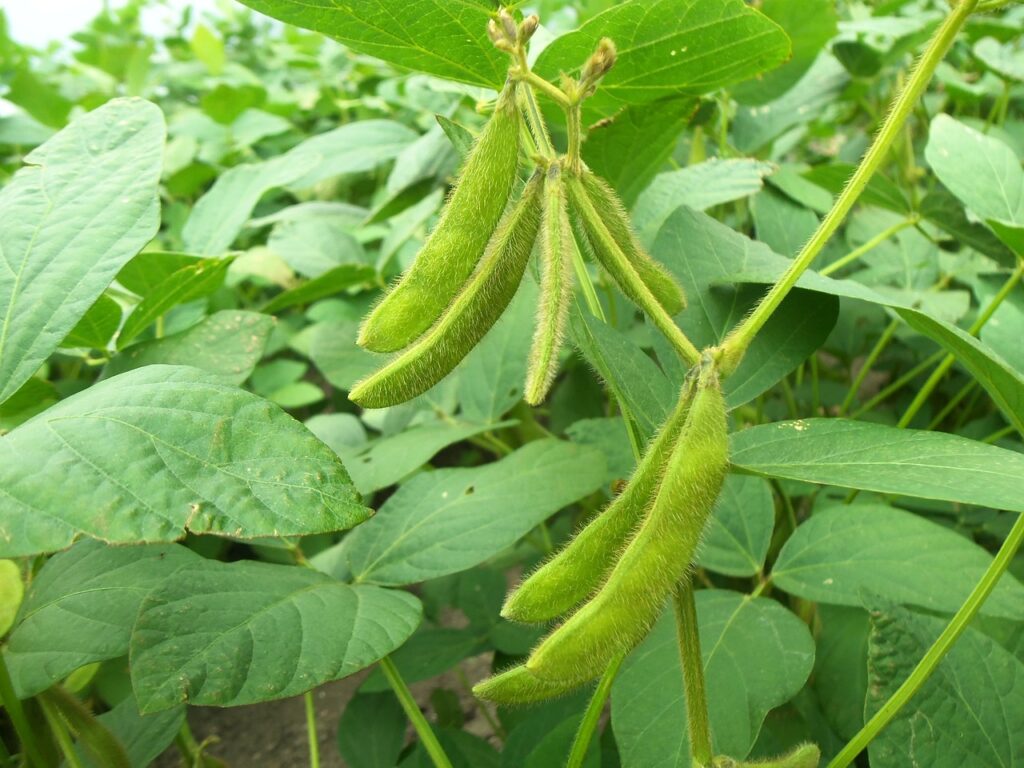One thing I love about candles are the scents that have the power to transport you to a different place and time. That’s why I make candles inspired by travel. A beach scented candle takes you back to your summer family vacations, or that Spring break with your friends that you kind of remember…
And since we’re learning about candle making, have you ever wondered how those fragrances are calculated to achieve the perfect balance in each candle? If yes, this is for you.
The answer is candle math. By the end you will have the formula to calculate the fragrance oil for your candles, that doesn’t hurt your head. Get ready to level up your candle making skills and demystify fragrance oil calculations.
Do you have to measure? yes.
Other than thinking making candles would be fun to learn, I never thought about the processes involved… So you don’t just “add” some fragrance to the wax? Hard no.
Why care about measuring your fragrance? Because to make a successful candle, everything has to work together…the wax, wick, and fragrance. Adding the right amount of fragrance oil to wax (called fragrance load) at the right temperature matters.
This is why measuring with a scale is a must. Just adding drops of fragrance oil to your wax is a no, sorry TikTok.
Can You use Any Fragrance oil? No.
Now, as for the fragrances…please use a fragrance oil made for candles. The best place to buy fragrance oil for your candles is a candle supply store (so sorry Amazon). This is where you will find phthalate-free fragrances, which are made to be mixed with wax and then heated, which is why it’s so important.
They also have blended fragrance oils, with top, middle, and bottom notes. This is perfect for budget-friendly options. Of course, you can always blend your own, but that can add up. Candles and supplies has one I want to try for a holiday scent:
Bombardino:
Top Note: Brandy, Cinnamon, Eggnog
Middle Note: Caramel, Nutmeg, Coconut, Clove
Bottom Note: Vanilla Custard, Whipped Cream
All of that in one fragrance oil? Yes, thank you.
What about essential oils? They’re difficult to use because they’re not made for candles. First, the hot and cold throws are not that great. Hard to wick? Yes. And some smell terrible when you burn the candle.
But you can use them and if you must, Candle Science has tested EOs and recommends the oils that perform well. Also, what EOs to avoid using in candles, sorry pink grapefruit. So if you plan to use an essential oil, please check them out.
Does the Wax Matter? Yes.
So none of this means anything until you know what wax you are using…they’re not all the same. The wax you use will have the recommended fragrance load range and temperature necessary to add your fragrance (so yes, use your thermometer and scale).
When you buy your wax it will give you important information: the temperature to add the fragrance and to pour the wax, and the fragrance load.
For Example: Soy wax 464:
- Add fragrance: 185 degrees Fahrenheit
- Fragrance load: Maximum 10% (you could use anywhere from 6-10% for this wax)
- Pour temperature: 135 degrees Fahrenheit
Please don’t add more fragrance for a stronger cold or hot throw, it doesn’t work like that. You will ruin your candle.
I think you know what’s coming…we just have to get over it…
math + you = friends
Dear Math,
I hate you.
Hoping I never see you again,
So many people
After my last math class at school (statistics, for the love of god, why?), math and I decided that it wasn’t working out and it was better to go our separate ways. We successfully avoided having much contact until I signed up for my candle class and there it was…oh, “Hi,” awkward pause.
But since we want to make the best possible candles, we decided to be friends. So here we go candle math.
To start at the beginning, first, the different units of measurement:
Volume and Weight.
Volume
- fluid ounces (fl oz)
- milliliters (ml)
- gallons (gl)
Weight
- ounces (oz)
- grams (g)
- pounds (lbs)
For candle making we use weight.
Now on to find the ratio of fragrance to wax. Get your calculator (if you don’t have one, luckily there’s one on your phone) and your candle notebook. A notebook? Yes, have one for all your candle notes to stay organized.
2 Candle Math Methods
I learned this in candle making class, but there are many explanations of how to find the fragrance to wax ratios. One of the best I’ve heard is from a Black Tie Barn YouTube video, so here goes…
Method 1: Wax+ Fragrance Oil (FO)
- Measure the wax (ex: 16 oz)
- Fragrance oil % (ex: 9%) Common range is 6-12%
- FO formula: 16 (weight of wax) x .09 (the % of FO in a decimal) = 1.44 oz.
- Wax = 16 oz + FO = 1.44 oz
- Total = 17.44 oz
So, this is accurate for the amount of fragrance to add to 16oz of wax, but as you see, it’s over 16 oz, so it’s more than what you need for your candle jar. Now, you either have to do more math (no thanks) or you will have some left over and that will waste some of your product.
Enter method 2.
Method 2: Total Fill
- Determine total size/fill of candle – For example, you are making a 16oz candle
- Fragrance oil% (ex: 9%); so in decimal form it is .09
- Wax formula: 16 (for the wax amount) /1.09 = 14.68 (round to 14.7)
- FO formula: 16 oz-14.7 oz = 1.3 oz
How to get the number to divide by? To determine the number to divide by, always use 1, and then after the decimal is the fragrance amount in decimal form (the .09 is the amount of FO); if it was 8% FO, you would use .08 and it would be 1.08.
So to make a 16oz candle you use 14.7 oz of wax and 1.3 oz of FO for your candle.
This method gives you the EXACT amount you need to fill your 16 oz candle jar.
The best part about this method is it works for any batch size and reduces waste.
For example, if you want to make (2) 16 oz candles (32 oz total), multiply the amounts you calculated above by 2:
- For the wax amount multiply 14.7 x 2= 29.4 oz
- For the FO amount 1.3 x 2= 2.6 oz
- Then add: 29.4 + 2.6 = 32 total ounces
Both methods will get you there, but IMO #2, total fill is the best.
Don’t Forget the Label
Also, because we are talking about weight, don’t forget to use the net weight (what’s inside your container) on your labels. Find this by weighing the finished candle, and then weighing an empty container and subtracting.
AND list both ounces and grams, ex: Net wt 9oz/255g.
Now that we know the candle math basics, here are a few resources with fragrance load calculators to make it easy for you…
- Craftybase.com has a candle fragrance load calculator
- American Soy Organics fragrance calculator
- Candlepal app is all about helping with candle math



